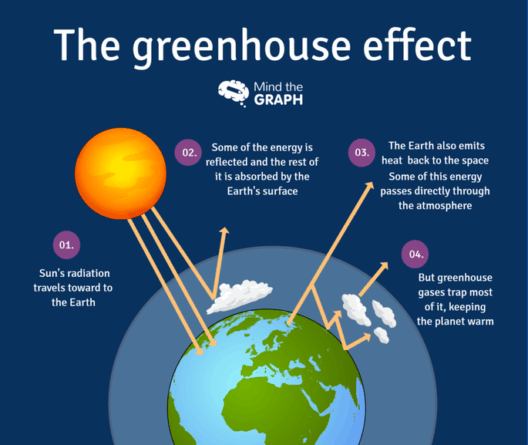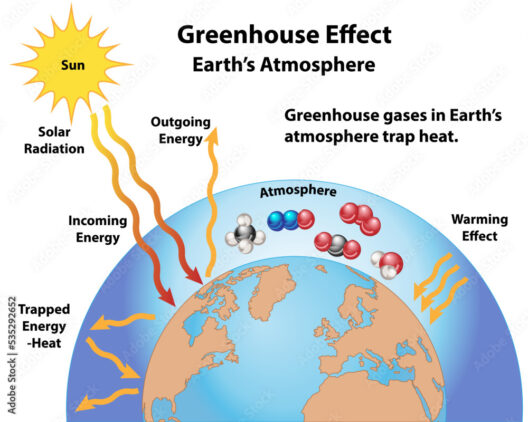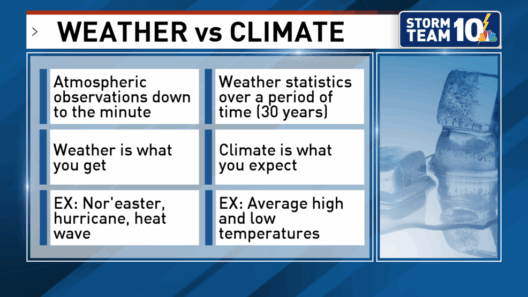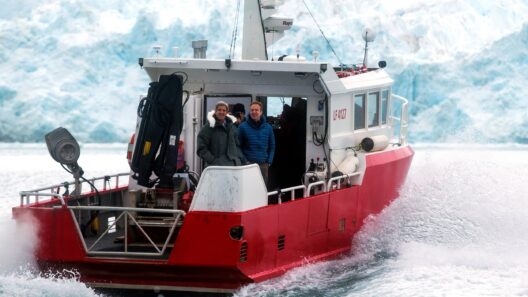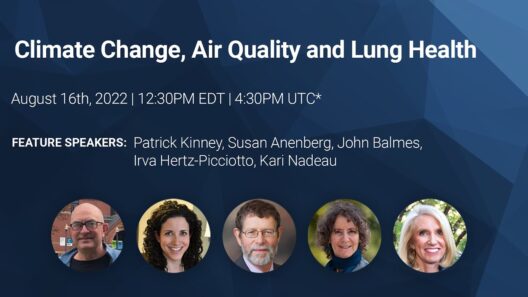Amid the burgeoning discourse on climate change, we often find ourselves wondering—what can I do? The answer lies in recognizing that even the smallest actions can precipitate substantial impacts. It is in this framework that we explore practical steps that, when woven into the fabric of our daily lives, can collectively forge a path toward a more sustainable planet. The journey begins with awareness, transitions through conscientious choices, and culminates in communal action.
Embracing Sustainable Habits
Significant change starts at the individual level. One of the most accessible means to curtail your carbon footprint is through the evaluation of everyday habits. From the moment we wake to the time we sleep, our consumption patterns dictate our environmental impact.
Consider your energy usage. A simple but substantial shift is to replace incandescent bulbs with LED counterparts. This transition not only utilizes a fraction of the energy but also boasts a longer life span. In addition, employing smart thermostats and energy-efficient appliances can drastically reduce the energy consumed for heating and cooling, contributing to a lesser demand on power plants that emit greenhouse gases.
Similarly, transportation choices play a pivotal role in climate change mitigation. Walking or biking instead of driving for short errands dramatically reduces carbon emissions. If longer distances are unavoidable, carpooling or utilizing public transport punctuates the importance of sharing resources, thereby lessening the overall vehicular congestion and the exhaust that accompanies it. Alternatively, the burgeoning realm of electric vehicles offers an innovative route for those needing personal transportation, promising cleaner emissions and energy efficiency.
Conscious Consumption: The Power of Mindful Purchasing
The marketplace pulses with products that promise convenience, yet each item carries a hidden environmental cost. This is where mindful purchasing becomes a catalyst for change. By opting for sustainable products, consumers send a resounding message to manufacturers about their preferences, urging them to adopt greener practices.
Support local economies by sourcing food and goods from farmers’ markets or local artisans. Not only does this encourage community engagement, but it also minimizes the carbon footprint associated with transporting goods across vast distances. Furthermore, delve into the world of plant-based diets; even modifying your meal plan to include more vegetables and grains can lead to a striking reduction in greenhouse gas emissions.
Moreover, consider the lifecycle of products. The ‘reduce, reuse, recycle’ mantra holds immense power. By choosing items that are durable and recyclable, and by extending the life of our possessions through creative repurposing, we foster a culture of sustainability. This intrinsic value of mindful consumption underscores a larger ecological consciousness that benefits future generations.
Engaging in Community Initiatives
Though individual efforts are commendable, the fabric of effective climate action is often woven through community initiatives. Engaging with like-minded individuals can amplify individual efforts exponentially, creating a landscape ripe for innovation and transformation.
Participate in local clean-up drives or tree-planting initiatives that bolster local biodiversity while illustrating the importance of communal responsibility. Such events not only address immediate environmental concerns but also foster community bonds and raise awareness about the pressing issues of climate change.
Moreover, advocate for policy changes that align with sustainable practices. Contacting local representatives about climate initiatives or participating in town hall meetings can influence crucial policy decisions. When communities unite for legislative change, the weight of collective voices contributes to a more sustainable future.
Inspiration Through Education
Knowledge is a powerful tool in combating climate change. By educating oneself and others about climate issues and sustainable practices, we can inspire a more substantial shift in public perception and behavior. Organizing workshops or speaking engagements fosters dialogue and disseminates practical information on mitigating environmental impact.
Furthermore, leveraging social media platforms to share tips, successes, and challenges encountered in the journey toward sustainability can reach a far wider audience than one might initially anticipate. A viral post on a local conservation effort can galvanize others to take action, proving that the ripple effect of small actions can indeed burgeon into larger movements.
Conclusion: The Undercurrent of Change
The imperative to address climate change has never been more pressing. However, it is easy to become overwhelmed by the enormity of the challenge. Recognizing that impactful change can emanate from the seemingly trivial actions of individuals can serve as a beacon of hope. Each step taken—be it reducing energy usage, embracing mindful consumption, engaging in community initiatives, or spreading awareness—accumulates, creating a tide of change that cascades beyond our immediate circles.
As we navigate this critical juncture, the essence of our collective action lies in consistency and perseverance. The commitment to fostering a culture of sustainability, one small action at a time, is not just feasible; it is essential. The landscape of our planet’s future is altered with each conscious choice we make, casting a broader shadow over the inevitability of climate change. Let us wield our individual influences ambitiously, and together, become the architects of a greener tomorrow.



